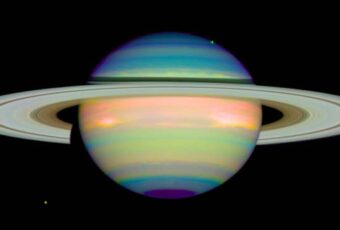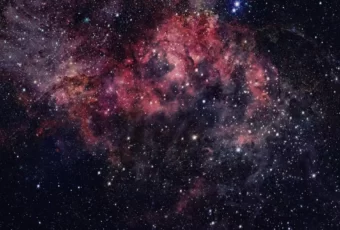The Dodo
Perhaps the most iconic example of an extinct species, the Dodo was a flightless bird that once inhabited the island of Mauritius. Due to human interference and the introduction of invasive species, the last Dodo was seen in the late 17th century. This gentle bird, with its large size and peculiar appearance, serves as a poignant symbol of the consequences of human actions on fragile ecosystems.
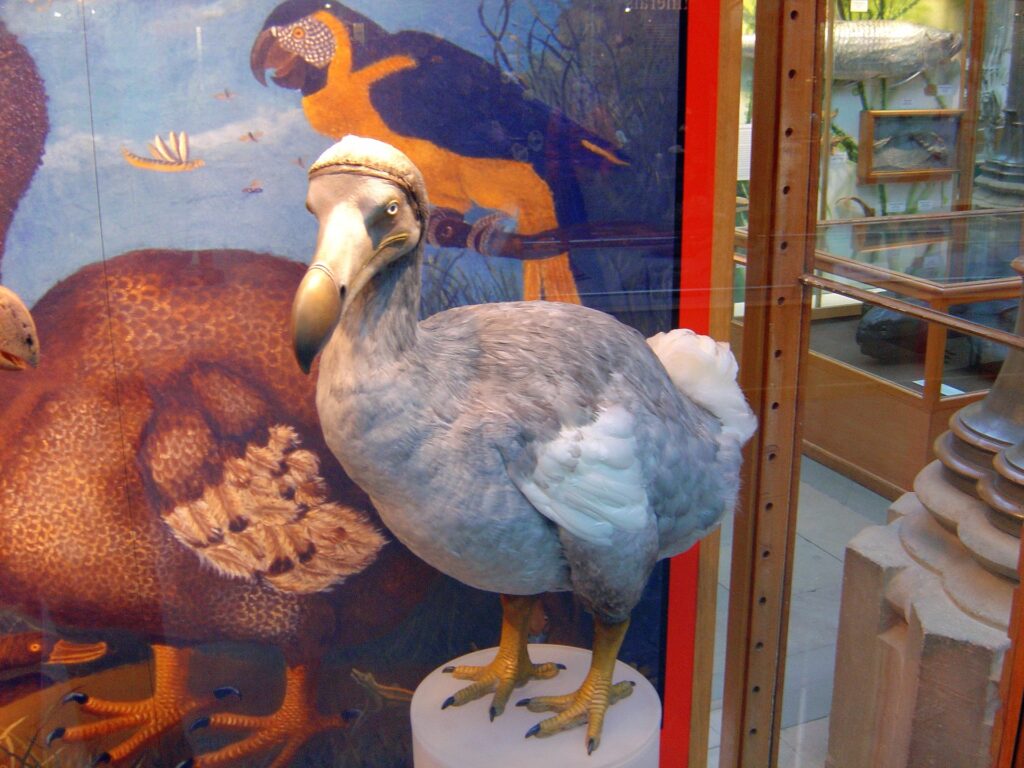
The Dodo
The Tasmanian Tiger
The Tasmanian Tiger, or Thylacine, was a unique carnivorous marsupial native to Tasmania, Australia. Despite its name, this animal was not related to tigers at all. With its dog-like appearance and distinctive striped markings, the Thylacine fell victim to hunting, habitat destruction, and disease. The last known individual died in captivity in 1936, marking the extinction of this remarkable creature.
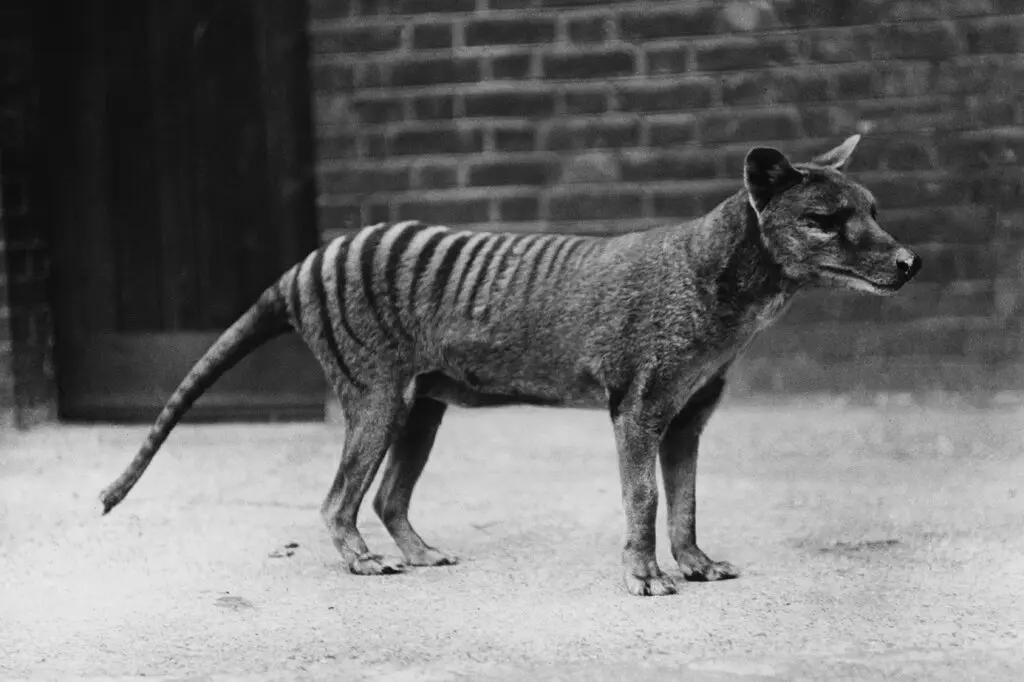
The Tasmanian Tiger (Popperfoto/Getty Images)
The Passenger Pigeon
Once the most abundant bird in North America, the Passenger Pigeon suffered a tragic fate. These birds formed enormous flocks that darkened the skies during their migrations. However, relentless hunting and habitat loss led to their rapid decline. The last known Passenger Pigeon, Martha, passed away in captivity in 1914, leaving a haunting reminder of the consequences of unchecked exploitation.
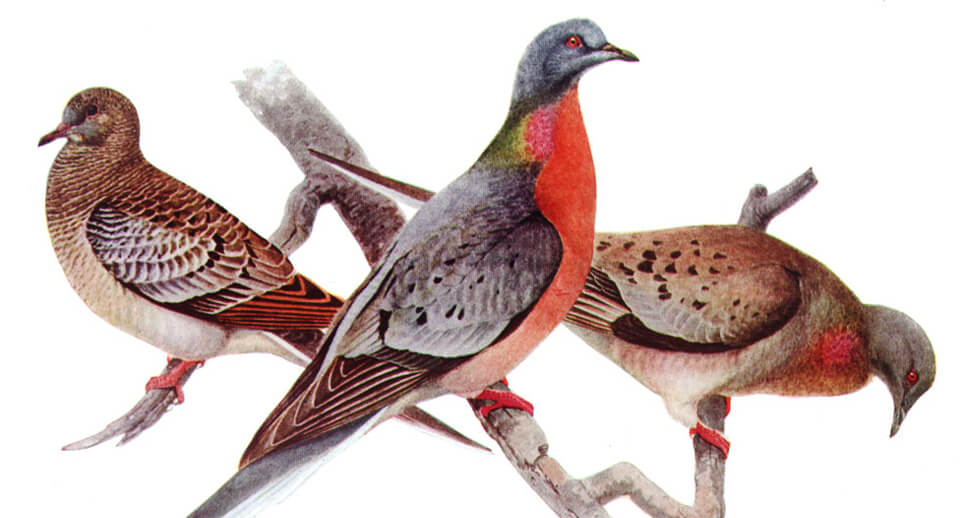
The Passenger Pigeon (Thomas Gilbert Pearson)
The Quagga
The Quagga, a subspecies of the Plains Zebra, was native to South Africa. Its unique appearance featured stripes only on the front part of its body, while the rear resembled a solid-colored horse. Hunted relentlessly for its skin and meat, the Quagga was declared extinct in the late 19th century. Today, efforts are underway to selectively breed zebras in an attempt to revive some Quagga-like characteristics.
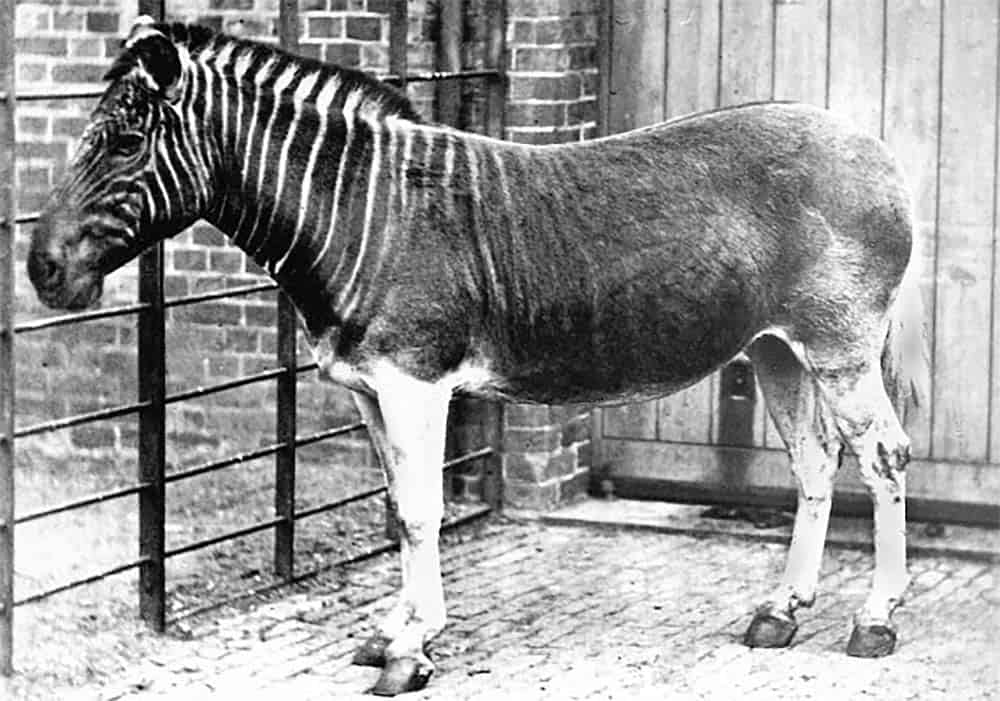
The Quagga (Frederick York)
The Baiji Dolphin
The Baiji Dolphin, also known as the Yangtze River Dolphin or Goddess of the Yangtze, was a freshwater dolphin found in China’s Yangtze River. Tragically, human activities such as pollution, overfishing, and dam construction led to its extinction. The last confirmed sighting of this graceful creature was in 2002, making it the first dolphin species driven to extinction by human influence.
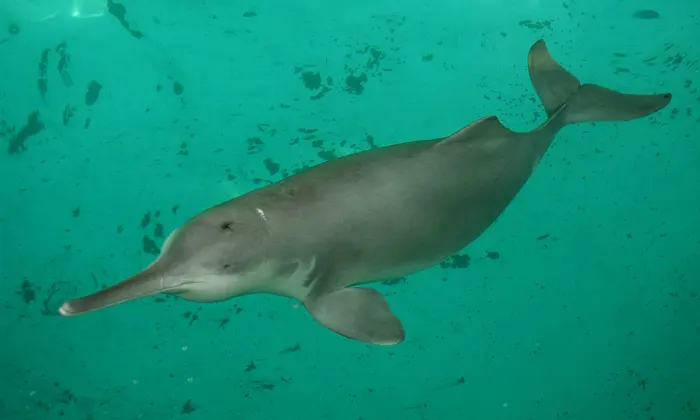
The Baiji Dolphin (AFP)
The Pyrenean Ibex
The Pyrenean Ibex, or bucardo, was a subspecies of the Spanish ibex native to the Pyrenees Mountains. Despite conservation efforts, including cloning attempts, the last individual, named Celia, died in 2000, marking the first documented extinction of a wild animal due to cloning. This serves as a reminder that while technology can offer hope, preserving habitats and preventing species decline should remain a top priority.
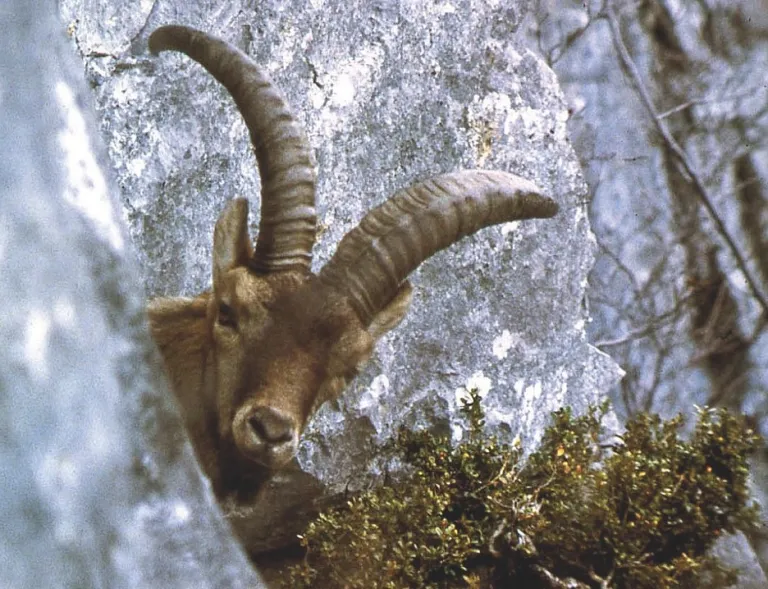
The Pyrenean Ibex (Bernhard Clos)
The loss of these remarkable creatures is a stark reminder of the devastating impact humans can have on the delicate balance of nature. Their stories underscore the urgent need for conservation efforts, habitat preservation, and responsible stewardship of our planet’s biodiversity. By learning from the mistakes of the past and actively working towards the protection of endangered species, we can strive to prevent further extinctions and ensure a more sustainable future for all living beings.




